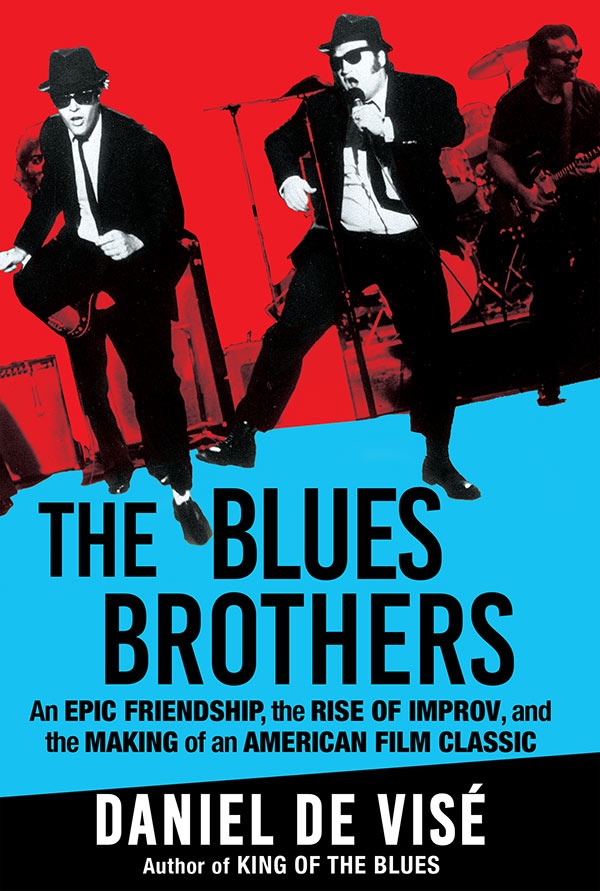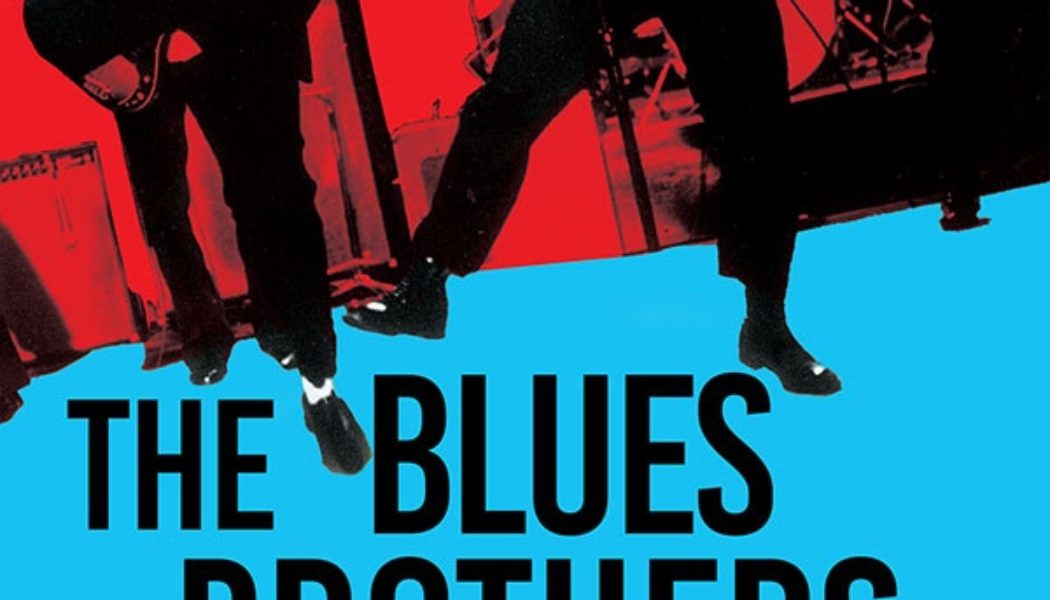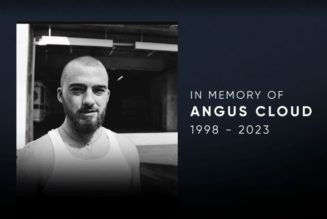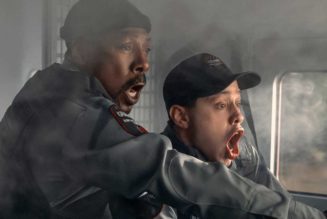In Daniel De Visé’s in-depth new book The Blues Brothers – An Epic Friendship, the Rise of Improv, and the Making of an American Film Classic, the author goes to phenomenal lengths to detail not just the making of the Blues Brothers film (which is a bonkers story in and of itself), but goes back to the beginning, detailing the upbringings of the two actors, their explorations into a burgeoning comedy scene, their rise at SNL, and all the blues that’s fit to print.
Recounting memories from John Belushi’s high school classmates and Dan Aykroyd’s college theater chums, the book paints a picture of two very divergent upbringings resulting in two wildly different performers whose ideas of comedy somehow overlapped enough to become lifelong friends. Their circuitous routes to Saturday Night Live are dotted with a blinding passion for authentic music (Belushi for heavy metal and eventually R&B, Aykroyd for electric blues), which inevitably made its way into their performances (both onstage and off).
While Aykroyd and Belushi had different outlooks, their yin and yang developed into a powerful creative partnership which pushed the envelope of what comedy on television could be, all the while holding all-night parties at Aykroyd’s secret blues bar where Keith Richards and Francis Ford Coppola poured drinks behind the counter. While the background of the two whirlwind comedians is compelling and well-told, the rubber really hits the road as the feature film begins coming into focus. The book recounts anecdote after anecdote about the process, the characters, the stunts, and the guest stars, each more eye-gogglingly impossible than the last.
A brief list of discoveries from the book:
• The name “Elwood” came from Elwood Glover, a talk show host whom Aykroyd thought was “the most boring man on Canadian television.”
• The signature Ray Ban sunglasses were worn out of necessity since Aykroyd’s insecurities made him reluctant to make eye contact and Belushi’s eyes were always bloodshot due to his constant debauchery.
• The SNL musicians would carry around little decoy “Belushi Bottles” of cocaine with only a tiny bit remaining because if Belushi got a hold of their actual stash it would be hoovered up in an instant.
• The Blues Brothers’ debut album Briefcase Full of Blues listed the two comedy superstars’ actual names only on the back of the record jacket as “very special thanks to Dan Aykroyd and John Belushi” (and the album charted higher than actual post-war blues albums by B.B. King and Muddy Waters).
• Belushi had a habit of repeatedly setting his mattress on fire while falling asleep smoking. (Three packs of cigarettes a day, cocaine habit, Quaalude addiction, amphetamines, regular doses of mescaline).
• Dan Aykroyd nearly lost the only copy of the script as he was still finishing it. After a frenzied search of the 30 Rock offices, he found the pages in a stack of old SNL scripts, intended for the shredder.
• The original script was 324 pages long (most movie screenplays are between 95 and 125 pages in length) and he hand-delivered them to film industry executives wrapped in the torn-off covers of phone books.
• The film’s original budget was $10 million but eventually ballooned to $27.5 million, which was more than Steven Spielberg spent on Close Encounters of the Third Kind.
• Landis wanted B.B. King to be one of the Rhythm and Blues luminaries in the movie, but King’s manager indicated that the guitar legend was too busy touring to appear in the film. King later was crushed when he found out his management had passed.
• After the film’s release, Cab Calloway’s long-dormant career was revived, leading to a flurry of bookings for his new Big Band, strutting around in a zoot suit performing “Minnie the Moocher” well past the age of 70.
• The rampant destruction of the abandoned shopping mall (which was full of rotting produce and soon filled with car exhaust and burning rubber) resulted in only one small injury which required two stitches.
• Chicago’s new mayor, Jane Byrne, had faced so much vitriol and misogyny from staffers who had worked for her predecessor Richard J. Daley, that she gleefully gave permission for the film crew to crash cars into his namesake Daley Plaza.
• During the quiet elevator scene near the end of the movie, a schmaltzy Muzak version of Antônio Carlos Jobim’s “The Girl from Ipanema” plays overhead as a form of retribution since director John Landis wanted to use a parody version of the song in Animal House but Jobim wouldn’t allow it.
• Landis originally wanted to drop the orange Pinto driven by the hated Illinois Nazis from a height of “I don’t know, five, six thousand feet?” but he eventually agreed on twelve hundred feet (the height of the John Hancock Building). While this was lower than the director originally wanted, it was still so high that THE FAA HAD TO CERTIFY THE PINTO AS AN AIRCRAFT.
In addition to the detailed biographical info and the behind-the-scenes film research, the author is an established music writer (and occasional contributor to AllMusic), and delivers a rich level of detail about electric blues, the music culture of the ’70s (including Disco Demolition Night at Comiskey Park), and insights into the film’s musical guest stars (Cab Calloway, John Lee Hooker, Aretha Franklin, Ray Charles, James Brown and others). The book lovingly tells the story of a high-speed ride that soars triumphantly and expectedly (assuming the reader is aware of the fate of John Belushi) crashes at the end.
The Blues Brothers – An Epic Friendship, the Rise of Improv, and the Making of an American Film Classic is available now from Grove Atlantic and your local bookstore.










